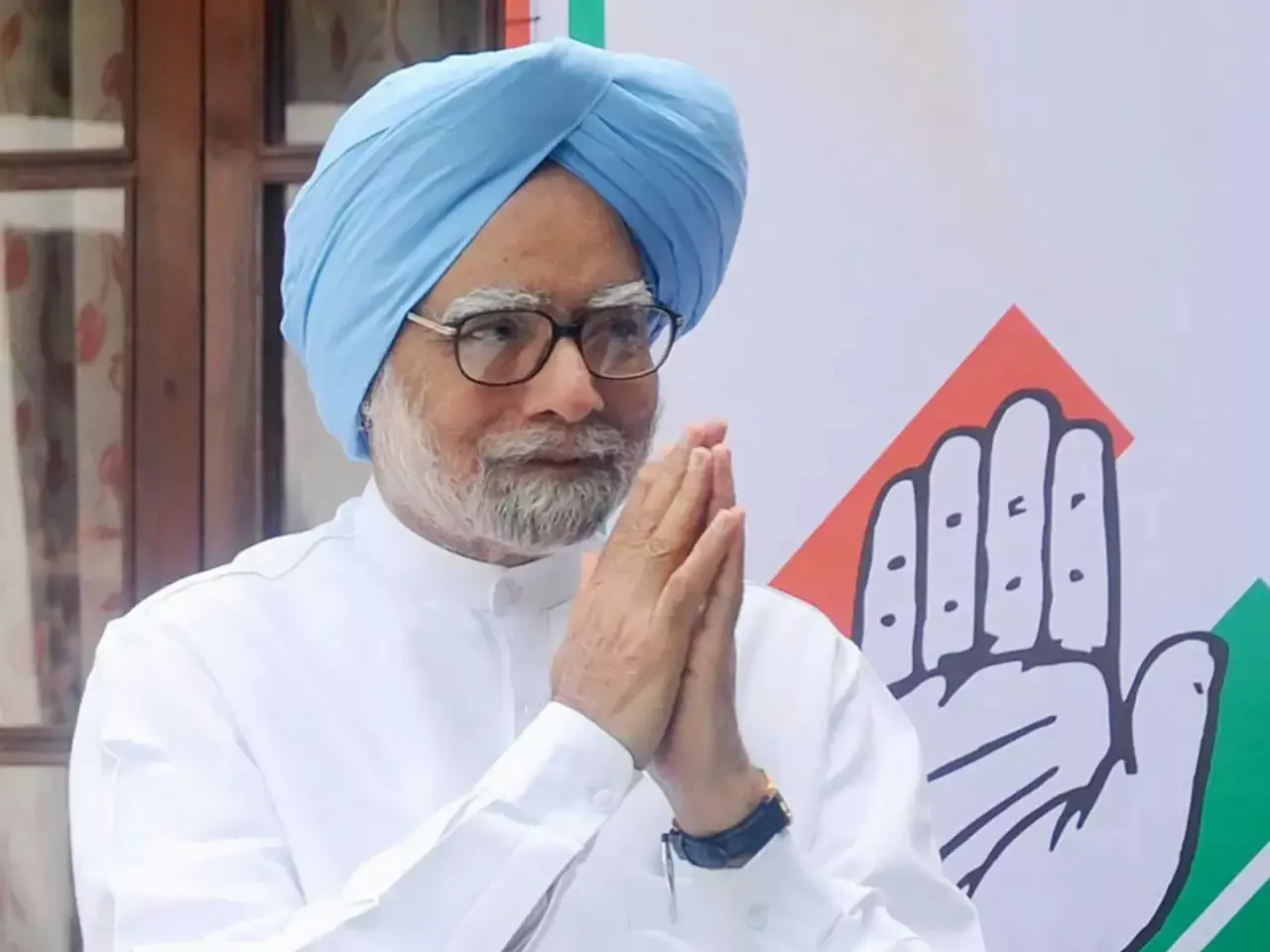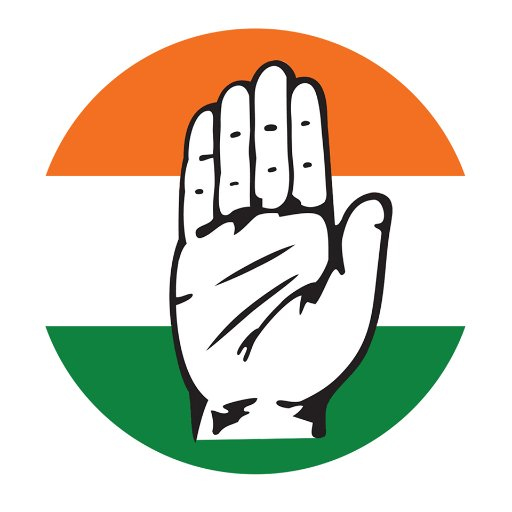The Legacy of Dr. Manmohan Singh

- Capt. Praveen Davar
September 26 marked the 93rd birth anniversary of Dr. Manmohan Singh, the first after his demise last year in December on the same 26th day of the calendar. India’s 13th Prime Minister, who succeeded Atal Behari Vajpayee in May 2004, held the country’s highest executive office for 10 years, longer than all Prime Ministers before him except Pt. Jawaharlal Nehru (17 years) and Smt. Indira Gandhi (over 16 years). Before becoming the Prime Minister, Dr. Manmohan Singh had already made history by being the country’s most successful and outstanding Finance Minister. In 1949, Prime Minister Jawaharlal Nehru, while addressing the US Congress had stated: ‘We have achieved political freedom, but our revolution is not yet complete and is still in progress, for political freedom without the assurance of the right to live and to pursue happiness, which economic people.’ Four decades later, the revolution was still not complete despite the fact the country had taken giant strides in industrial and agricultural production, education, scientific growth and other sectors. In 1991, the shape of Indian economy was in doldrums, nearing a crash with the country’s imports and public debt continuing to rise. With foreign exchange reserves left to sustain imports for not more than two weeks, the Indian economy was gasping for breath. Loans from international creditors had necessitated the transfer of gold from the country’s vaults to London to serve as a collateral. Faced with such an unprecedented crisis the then Prime Minister PV Narasimha Rao made the wise choice of appointing Dr. Manmohan Singh as his Finance Minister. The surprise choice worked wonders. During his five years as Finance Minister, Dr. Singh transformed the Indian economy with his revolutionary reforms and laid the foundations of a growth that surpassed all previous records by huge margins. As a leading British economist wrote: ‘Through a display of extraordinary character, determination, wisdom, charm and grace, he provided the leadership that would change India for ever.’
In his first speech to the nation as Prime Minister on June 24, 2004, Dr. Manmohan Singh explained why he entered public life: ‘When I chose to enter public life, I did so because I was convinced that our democracy needs more professionals to become more engaged and active in politics.’ He used his own example to urge fellow citizens to come forward and play an active role in the public affairs of the country. On 15 August, in his first Independence Day address, Dr. Manmohan Singh asked the multitudes gathered at Red Fort: ‘What is that Bharat that we all wish to build? ‘And then answered: ‘A Bharat that is just and humane, a Bharat that treats all its citizens as equals, a Bharat that is prosperous, a Bharat that lives in peace, a Bharat in which every person is literate and healthy, a Bharat in which everyone who seeks work is able to find it, and works for a brighter future for all of us.’ He quoted from Pt. Nehru’s first Independence Day anniversary address: ‘Panditji had then said: “All of us talk of India and all of us demand many things from India. What do we give her in return?.... India will ultimately give us what we give her of love and service and productive and creative work.”’
When the first Manmohan Singh government, UPA-1, was sworn in, the then Congress President Smt. Sonia Gandhi, who was already the Chairperson of UPA, took over as the Chairperson of the National Advisory Council which served as a consultative body of the government. It was decided after consultation with all the allies to have a National Common Minimum Programme. Dr. Manmohan Singh, in his address to the nation from the ramparts of the Red Fort, stated that his focus will be on seven priority sectors: Agriculture, Water, Education, Health Care, Employment, Urban Renewal and Infrastructure. ‘Our policies for higher growth and modernization will be combined with an emphasis on social justice, communal harmony, rural development, regional balance and concern for development.’ He stressed that while seeking faster growth it will be ensured that benefits of growth are more evenly distributed.
Following his splendid success as the key architect of India’s economic liberalization in 1991, Dr. Manmohan Singh as Prime Minister continued to steer the country’s economy towards unprecedented growth. His first term saw a growth rate of 8.9 percent while the average growth rate of his ten years in office was 7.5%. This despite the fact all emerging economies of the world experienced a slow down due to the global financial crisis during the period of UPA -2. But he had fulfilled his promise of inclusive growth made in 2004. That is why he could with pride, but in all humility, state in his last press conference in January 2014: ‘And it is not just the acceleration of growth that gives me satisfaction. Equally important is the fact that we made the growth process more socially than it has ever been...In 2004, I committed our government to what I said would be “A New Deal for Rural India.” I believe we delivered on that promise very substantially. We followed farmer - friendly policies including raising support prices for farm produce, expanding credit to farmers, and through increased investment in horticulture, in rural development, and rural infrastructure, especially roads and electricity. ‘But the most outstanding achievement of the Manmohan Singh government in the social plane was the introduction of Mahatma Gandhi National Rural Employment Guarantee Act (MGNREGA) which assured employment to the rural poor and resulted in lifting millions of poor above the poverty line.
The Right to Information Act (RTI) was enacted in 2005 aimed at empowering citizens by promoting transparency and accountability in government functioning. The Right to Education (RTE), 2009 made education a fundamental right for children between the age of 6 and 14 years. Two other ‘Rights’ - Right to Fair Compensation and Transparency in Land Acquisition & Rehabilitation and Right to Food (National Food Security Act) were enacted in 2013. Earlier, the Jawaharlal Nehru Urban Renewal Mission (JNNURM) was launched to improve the urban infrastructure that included transportation, water supply and sanitation in cities and towns. The National Rural Health Mission (NRHM) achieved substantial improvement in reducing infant and maternal mortality and improving access to health care facilities in rural areas. Towards this objective six new All-India Institute of Medical Sciences (AIIMS) were set up in Bhopal, Bhubaneswar, Jodhpur, Patna, Raipur, Rishikesh. The Aadhar card was launched in 2010 to provide a unique, verifiable identity for Indian residents to facilitate access to government services, benefits and financial inclusion. By April 2025 it has covered roughly 99.9% of the country’s adult population making it, according to World Bank, “the most sophisticated ID programme in the world.” The Manmohan Singh government opened nine new IITs - Bhubaneswar, Gandhinagar, Hyderabad, Jodhpur, Patna, Ropar, Indore, Mandi and Varanasi (converted from IT, Banaras). It saw tremendous progress in the areas of science and technology. The space programme got a big boost with the successful launch of the Chandrayaan-1 mission to the Moon in 2008.
Dr. Manmohan Singh’s success at home was equally matched by his success abroad. One of his most outstanding achievements in foreign policy was his success in strengthening India’s relations with the United States of America. The India - US Civil Nuclear Deal, 2005 was a turning point, ending India’s nuclear isolation and providing it with both energy security and access to civil nuclear technology. But the bigger gain was to follow: the India - US strategic partnership which was recently best summed up by the US Secretary of State Anthony Blinken: ‘Dr. Singh was one of the greatest champions of US - India strategic partnership, and his work laid the foundation for much of what our countries have accomplished in the last two decades. Though reshaping India’s relations with US was perhaps the biggest success of his foreign policy, Dr. Manmohan Singh substantially improved India’s relations with Pakistan, China and other countries of S. Asia and SE Asia. The ‘Look-East Policy’ of Rao government was carried forward with greater emphasis and helped in laying the foundation of India’s strong relations with Japan whose leaders recently acknowledged that Dr. Manmohan Singh had upgraded the partnership between the two countries to a “Global and Strategic Partnership.” He also played a crucial role in improving relations with countries of Europe, Africa and West Asia, focusing on mutual cooperation in trade and development. Indeed Dr. Manmohan Singh’s Foreign Policy was a splendid success which raised India’s standing in the comity of the nations. No wonder when he passed away on December 26 last year, many world leaders paid rich tributes to him even though he was not in power for over a decade. But he had left an everlasting impression on these leaders like former US President Barack Obama who in his memoirs described Dr. Manmohan Singh as a “wise, thoughtful and scrupulously honest.” Earlier, in 2009 at a G-20 summit, President Obama had remarked: ‘When the Prime Minister (Dr. Manmohan Singh) speaks, people listen.” This was the legacy Dr. Manmohan Singh left us. Unfortunately, today it has been completely squandered away by a government that lacks diplomatic skills, and puts its saffron ideology above the nation.
(The writer is former Secretary AICC and author of “Freedom Struggle and Beyond”)







